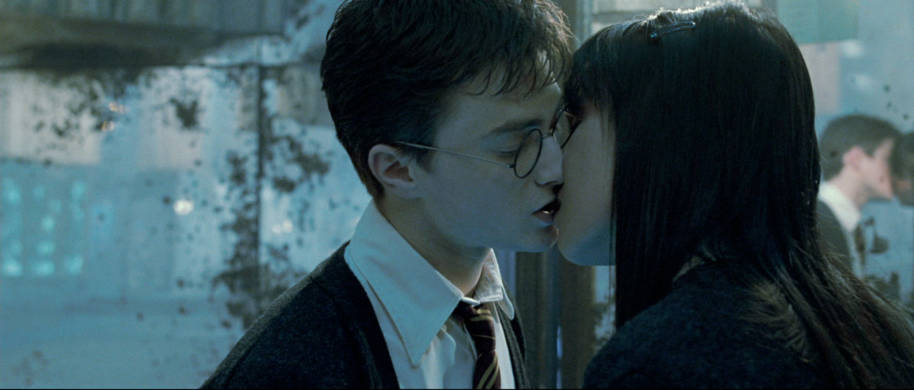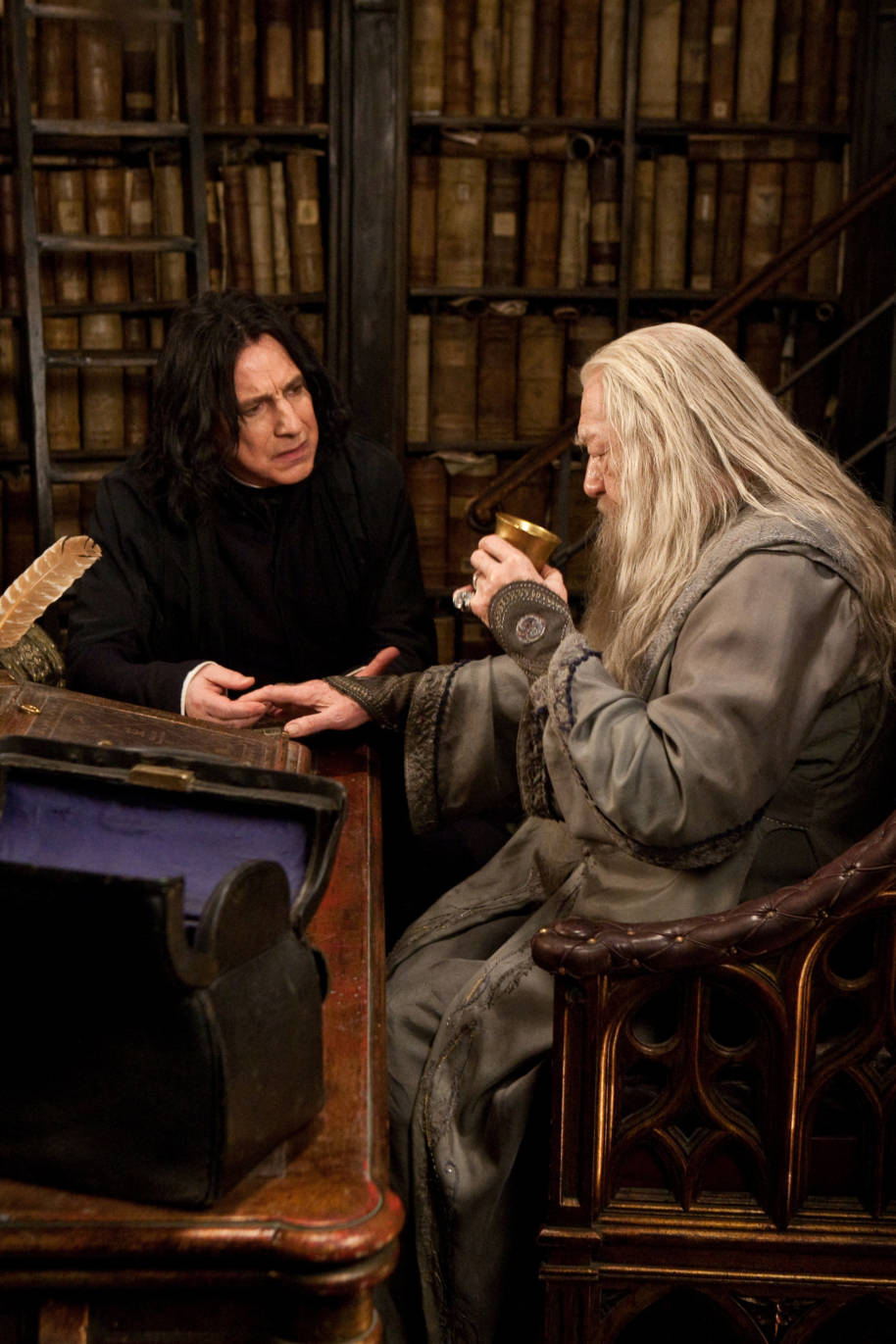
Thanks to the very talented band of Harry Potter filmmakers, the books and the movies are two very different beasts. This means that if you’ve only ever seen the films and never read the books (or vice versa) you may find it interesting to see how the Harry Potter stories change before your eyes as rapidly as a Hogwarts staircase.
Here’s how the books give the movie experience a whole new type of director’s cut.
The Marauder’s Map becomes a thousand times better
In the film Harry Potter and the Prisoner of Azkaban, we are of course treated to the Marauder’s Map in the flesh, complete with roaming footsteps and hidden corridors, brought to us by Moony, Wormtail, Padfoot and Prongs.
Upon reading the books, however, you quickly realise that these four guys weren’t just any old wizards, but none other than Harry’s dad, James Potter, and Remus Lupin, Peter Pettigrew and Sirius Black, whose broken friendship becomes the big climax of the story. Upon revisiting the film, you realise just how staggering it is that Harry carries a part of his father with him wherever he goes.

Peter Pettigrew’s silver hand becomes so much more significant
During Goblet of Fire, both book and movie, Peter Pettigrew sacrifices his hand (‘Flesh of the servant’) in order to help bring Voldemort’s body back from the dead once and for all. Later on, Voldemort rewards Pettigrew with a glistening, silver hand to replace it.
In the movies, that’s the end of that. Pettigrew just has a cool hand. However, in Deathly Hallows, the book, we realise the hand has a sinister agenda. After saving Pettigrew’s life in Prisoner of Azkaban, Harry points out to him during a struggle in the final book that he owes him, and Pettigrew momentarily releases Harry. The hand then strangles Pettigrew to death for his display of weakness; making it far more than a mere accessory.

You really, really get inside Harry’s head
There are oh-so-many emotions experienced during Harry Potter’s sometimes tragic adventures, but certain moments on display in the films are suddenly amplified when you realise just how much was going on in his head at the time.
Naturally, the books are able to bring Harry’s emotions to the surface, pure Pensieve-style. They document Harry’s pain more intensely than film can, making dark scenes even darker, such as Voldemort’s rise in Goblet of Fire. And it’s not just the bad stuff: you learn more about his feelings, like how much he wrestled with his attraction to Ginny in Half-Blood Prince. When you go back and watch the film, you feel even worse for the guy.

You realise Harry is actually terrible with girls
Alright, so there’s a moment in the movies in which Harry drools while trying to catch Cho’s eye, but for the most part, Harry didn’t do too badly with the ladies on screen. During Order of the Phoenix (2007), Cho and Harry got together pretty seamlessly, and broke up when Harry suspected Cho of betraying Dumbledore’s Army.
Upon reading the book, however, it quickly transpires it wasn’t that simple. Harry struggled to be a good boyfriend to Cho, who was crying a lot of the time (although to be fair, her boyfriend, Cedric Diggory, had just died), and they endured a positively disastrous Valentine’s Day date which ended with Cho storming out. Harry both managed to offend her about Cedric and suggest they go and hang out with another girl (Hermione) halfway through their date. So not so suave after all.

You feel slightly worse for Filch
Poor old Filch, no one really liked him. It’s fair enough, really. He seemed to spend the majority of his time hating on everyone else, throwing shade like the world’s biggest pair of curtains. It’s not entirely clear why he seemed to loathe Hogwarts in the films, but once a book is opened, we understand: Filch was a Squib, someone who cannot perform magic, yet was born from a magical family. Suddenly, his resentment makes much more sense.
Dumbledore’s death seemed even SADDER
Dumbledore’s final moments will always be poignant, whether on page or on screen. But it’s even worse when you realise how Harry watched Dumbledore die in the book.
In the film Half-Blood Prince (2009), Harry did as Dumbledore wished, lying low on a floor below as Snape did his foul deed.
In the book, however, Dumbledore Petrified Harry, so he couldn’t even try to save the headmaster – he was utterly helpless, forced to watch his mentor die before his eyes. So Harry is perhaps even more tortured than it may seem from the film.



